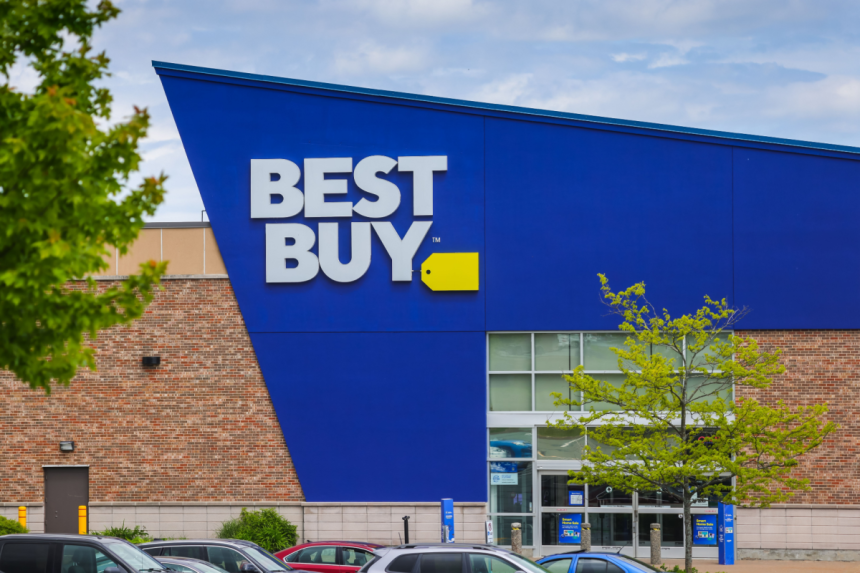Expanding Product Variety
Best Buy has rolled out a third-party marketplace on its website and mobile app in a bid to expand its merchandise offerings and counter slower sales. Starting this week, shoppers will find a broader range of products, including niche tech accessories like custom video game controllers as well as nontech goods such as sports collectibles and seasonal décor.
The model mirrors those of Amazon and Walmart by relying on third-party sellers to stock, sell, and ship items, while Best Buy takes a commission. Jason Bonfig, Chief Customer, Product and Fulfillment Officer, said the move addresses gaps in Best Buy’s assortment, such as older camera batteries, retro smartphone cases, and complementary items like TV stands or cookware.
Strategic Timing Amid Weak Sales
The launch comes as Best Buy grapples with a slowdown in annual revenue. The company’s sales have fallen for three consecutive years due to factors including weaker housing demand, cautious consumer spending, and fewer device replacements following the pandemic tech boom. In May, Best Buy cut its outlook, forecasting full-year revenue between $41.1 billion and $41.9 billion—roughly flat compared to last year, but below pre-pandemic levels.
Tariffs have added further strain, raising costs for electronics vendors and limiting investment in innovation. Analysts note that Best Buy tends to perform best when new technology sparks consumer demand, making the marketplace launch a timely diversification strategy.
Competition and Risks
With its new platform, Best Buy joins a growing list of retailers launching or expanding marketplaces. Lowe’s and Nordstrom introduced theirs in 2024, Target is scaling its Target Plus offering, and Ulta Beauty plans to debut one later this year. CEO Corie Barry has described Best Buy’s marketplace as a strategic priority that not only opens new revenue streams but also supports its growing digital advertising business, as sellers can purchase ad placements.
Retail analysts caution that marketplaces can create risks, including inconsistent seller quality or overwhelming customers with too many irrelevant choices. To avoid these pitfalls, Best Buy says it carefully vetted around 500 launch sellers, requiring them to meet its return policy and customer service standards. Purchases can be returned either to sellers directly or to Best Buy stores, maintaining the company’s customer service promise.
Shaping the Future of Best Buy
By leveraging third-party sellers, Best Buy aims to diversify its offerings without taking on inventory risk while boosting profitability through ad revenue. Yet the company must balance growth with brand integrity and customer trust. The marketplace’s success will depend on whether it can fill consumer needs without diluting Best Buy’s identity as a trusted electronics retailer.
The company will provide further insights into the marketplace’s performance when it reports earnings on August 28, a moment analysts say will be key to evaluating whether this strategic pivot can help stabilize Best Buy’s sales trajectory.






